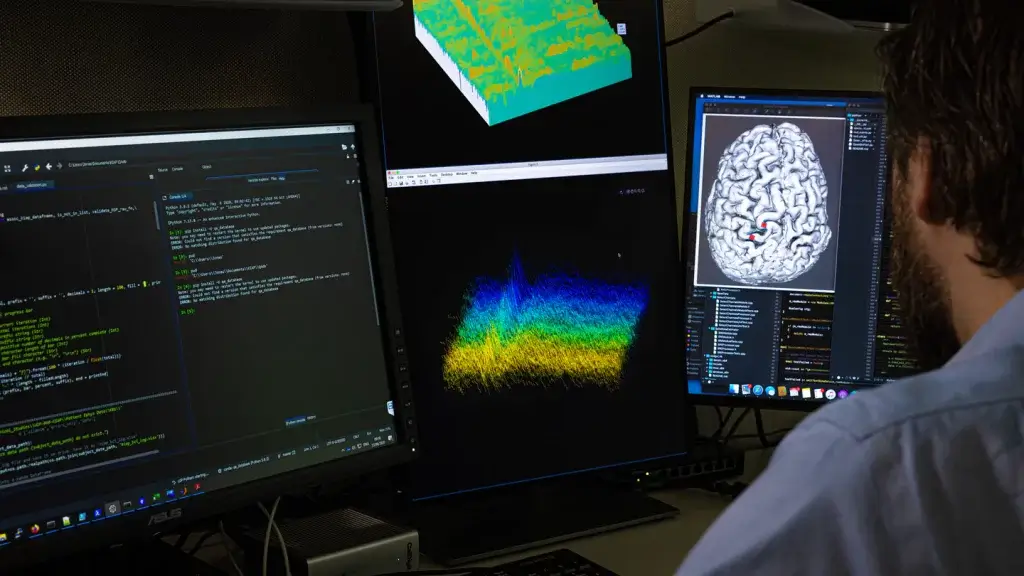A man who cannot move or speak has communicated with his family for the first time in years thanks to a brain implant enhancing the power of his mind. The breakthrough comes from an experimental computer chip that decodes brain signals that once controlled his speech. He now produces words and phrases that his wife and sister can understand.
The 36-year-old has advanced amyotrophic lateral sclerosis (ALS). The progressive condition robs patients of the ability to move and talk. It has left him with complete locked-in syndrome (CLIS), which causes paralysis of all voluntary muscles. This includes movement of the eyes or mouth.
Scientists say the brain-computer interface (BCI) could improve the quality of life for hundreds of thousands of people. It combines an auditory neurofeedback system with AI (artificial intelligence). The device also demonstrates sufferers remain cognitively alert.
“This study answers a long-standing question about whether people with CLIS … also lose the ability of their brain to generate commands for communication,” says corresponding author Dr. Jonas Zimmermann, of the Wyss Centre in Switzerland, in a statement. “Successful communication has previously been demonstrated with BCIs in individuals with paralysis. “But, to our knowledge, ours is the first study to achieve communication by someone who has no remaining voluntary movement and hence for whom the BCI is now the sole means of communication.”

It is a potentially better solution than current alternatives for people with paralysis who have lost the ability to speak. They use eye or head movements to spell out words one letter at a time. Some control a computer cursor with thoughts.
Globally, ALS cases are rising. There will be more than 300,000 by 2040, researchers estimate. Many patients will reach a state where speech is impossible. With further development, the approach could enable them to maintain communication.
The patient, born in 1985, was diagnosed with ALS in August 2015. By the end of the year he could neither walk or talk. His clinical case study has been ongoing for more than two years. He lives at home in Germany with his family and has a fast-progressing form.
In 2019, two microelectrode arrays were surgically inserted in his motor cortex, an area that plans and controls voluntary movements.
The man, whose identity was not released, has since learned to generate brain activity by attempting different physical gestures. His brainwaves are picked up by the implanted microelectrodes and unravelled by the neural network in real time. The computer model maps the signals to mean either “yes” or “no.” A speller program reads the letters of the alphabet aloud.
Using auditory neurofeedback, the participant is able to confirm or reject the letter, ultimately forming whole words and sentences.
“This study has also demonstrated that, with the involvement of family or caregivers, the system can in principle be used at home,” says co-uthor Dr George Kouvas, Wyss Center Chief Technology Officer. “This is an important step for people living with ALS who are being cared for outside the hospital environment. This technology, benefiting a patient and his family in their own environment, is a great example of how technological advances in the BCI field can be translated to create direct impact.”
It is hoped future improvement of the system will help others who have impaired ability to communicate and move.
The international team is also working on ABILITY, a wireless implantable BCI device designed to flexibly connect to microelectrode arrays. This will allow detection and processing of signals from either highly specific or larger areas of the brain. It could enable speech decoding directly from the brain during imagined speech leading to more natural communication.
The research is published in the journal Nature Communications,
Report by Mark Waghorn, South West News Service













